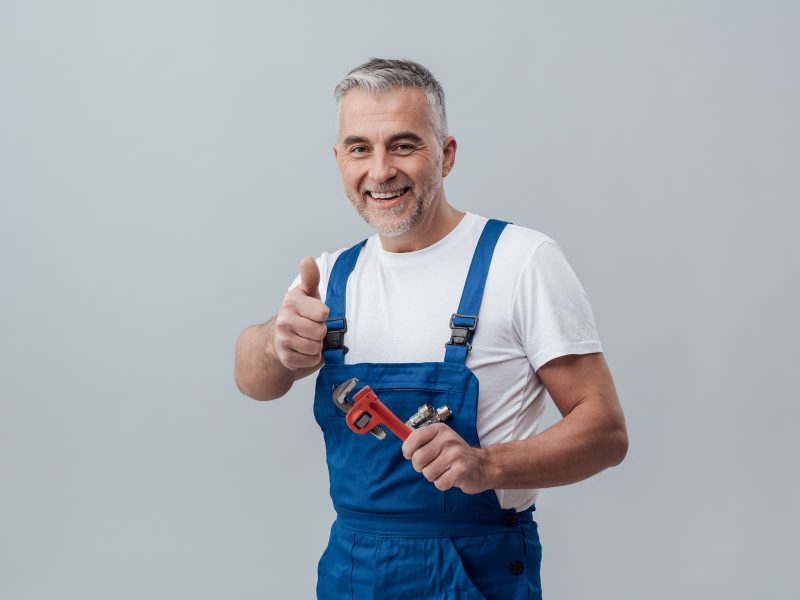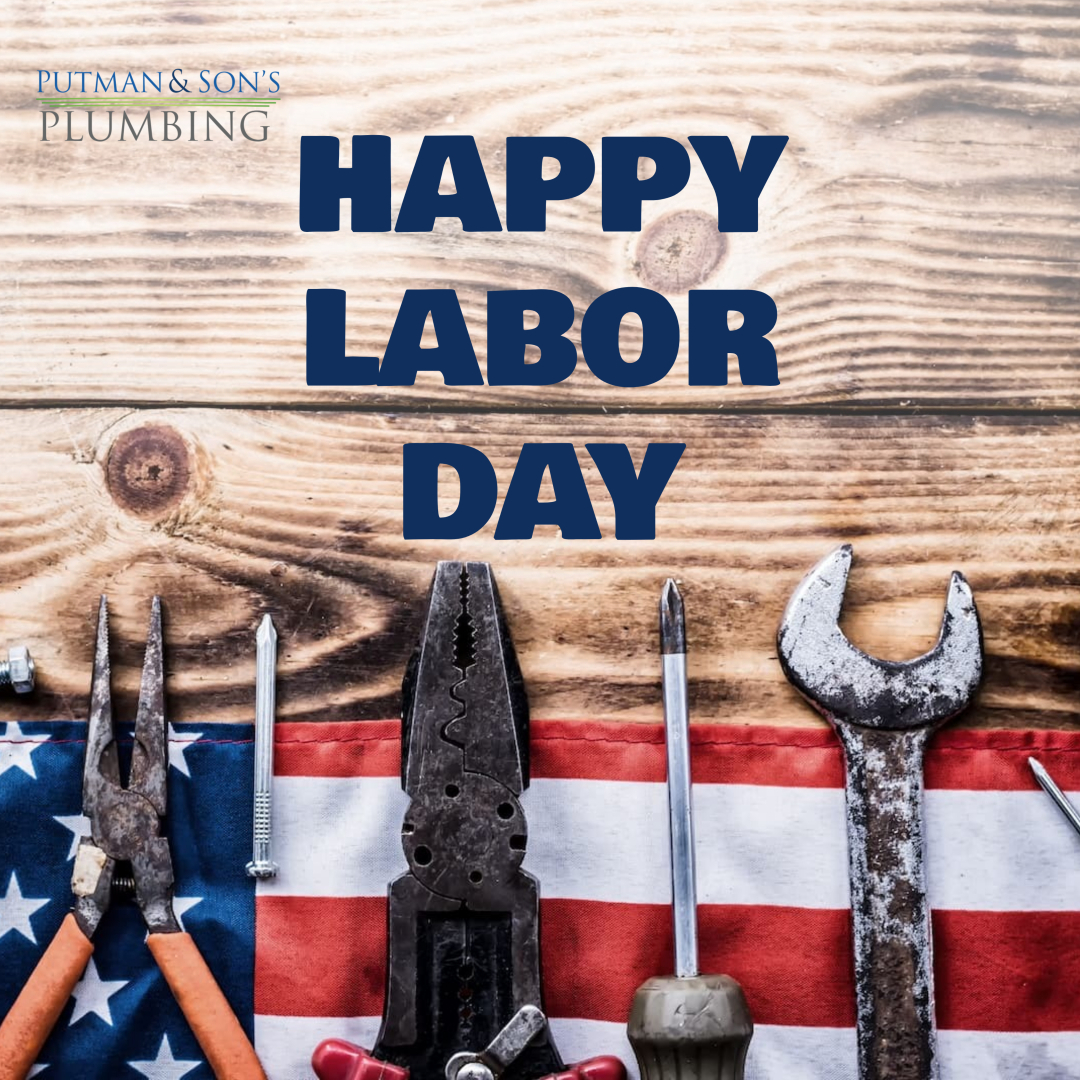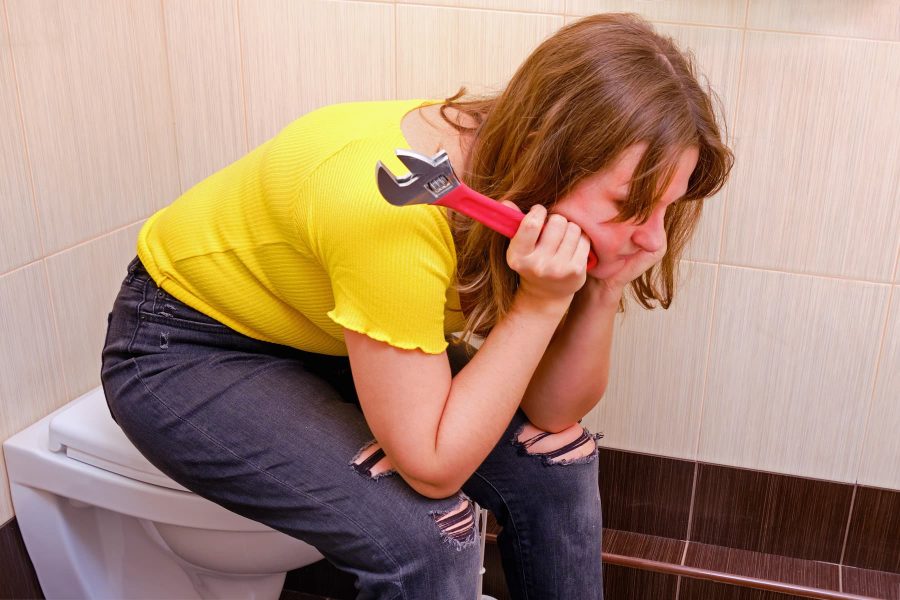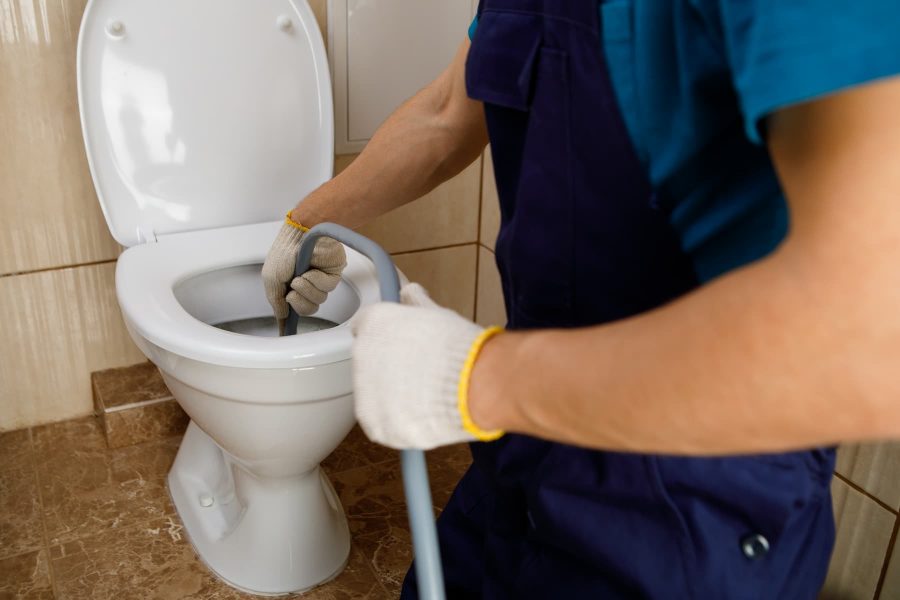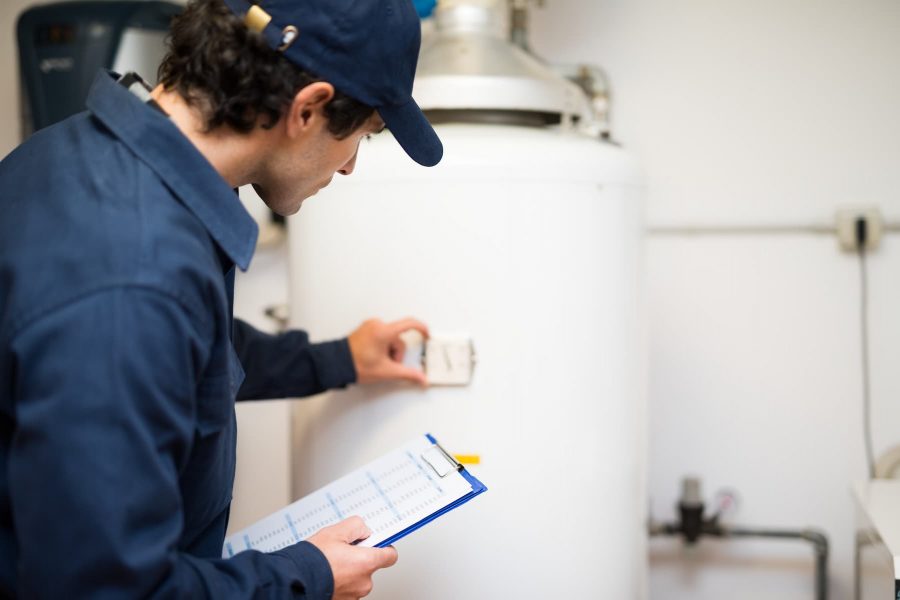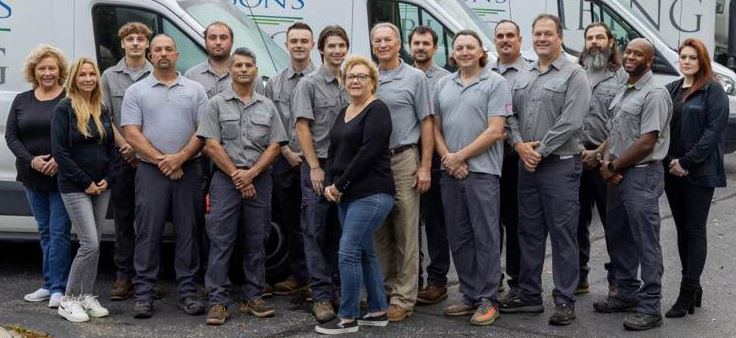As fall ushers in cooler temperatures and colorful landscapes, it’s also a season that brings unique challenges to your plumbing system. One of the most critical concerns during this time is backflow, a plumbing issue that can compromise the safety of your water supply. Understanding the importance of backflow prevention in the fall is essential to safeguarding your health and that of your community. In this blog, we’ll explore the risks associated with backflow and how Putman and Sons Plumbing is here to provide professional plumbing services when you need them most.
Fall-Specific Backflow Risks:
During the fall, several factors increase the risk of backflow incidents:
- Yard Work: Many homeowners engage in fall yard work, using chemicals and pesticides that can enter the water supply if backflow occurs.
- Weather Changes: Temperature fluctuations can affect water pressure, potentially leading to backflow.
- Outdoor Faucets: Garden hoses left attached to outdoor faucets can create a backflow risk, especially if they contain chemicals or fertilizers.
How Putman & Sons Plumbing Can Help:
If you’re concerned about backflow risks or need assistance with backflow prevention device installation and maintenance, Putman and Sons Plumbing is here to help. Our team of skilled plumbers can assess your plumbing system, recommend appropriate backflow prevention measures, and ensure that your water supply remains safe and uncontaminated.
Get Our Services:
As the leaves change, it’s crucial to prioritize backflow prevention. Safeguarding your water supply protects the health of your family and community. We are your trusted partner in ensuring your plumbing system remains free from backflow risks. Your clean water supply is our priority. Get our plumbing services by visiting our Contact Page or calling (248) 652-0990.
